When it comes to networking, one cannot underestimate the importance of signal integrity, noise resistance, and secure data transmission. In this context, shielded twisted pair (STP) cables emerge as a game-changer. These cables offer numerous advantages over unshielded twisted pair (UTP) cables, making them the preferred choice for businesses seeking reliable network installations.
The key differentiator of shielded twisted pair cables is their outer covering or shield, which acts as a ground. This shield provides boosted signal integrity, ensuring that the transmitted data remains intact and unaffected by external interference. Furthermore, the shielding feature enhances noise resistance, minimizing the impact of electromagnetic and radio frequency interference.
For businesses operating in electrically noisy environments, where interference reduction is crucial, STP cables offer the protective edge required for secure data transmission. While they may be more expensive and relatively harder to install compared to UTP wiring, their advantages make them worth considering for critical network installations.
Stay tuned to explore more about shielded twisted pair (STP), its installation process, and how it differs from Ethernet and telephone cables. Unleash the power of STP cables and ensure seamless connectivity for your networking needs.
What is Shielded Twisted Pair (STP)?
Shielded twisted pair (STP) is a type of copper telephone and local area network (LAN) wiring that adds an outer covering or shield to ordinary twisted pair wiring. This shield helps reduce cross-talk and electromagnetic induction between pairs of wires, improving signal quality. Unlike unshielded twisted pair (UTP), which only consists of insulated copper wires twisted together, STP cables enclose the wires in a shield and ground them to further reduce electromagnetic and radio frequency interference. This makes STP cables suitable for use in electrically noisy business environments where interference reduction is crucial.
The addition of a shield in STP cables enhances their ability to mitigate electromagnetic interference and cross-talk, ensuring a more reliable and robust data transmission.
In an STP cable, each pair of twisted wires is further enclosed within an individual shield. These shields not only protect against external electromagnetic interference but also reduce the emission of electromagnetic radiation. By grounding the shield, STP minimizes the impact of electromagnetic and radio frequency interference, enhancing the overall performance of the cable.
STP cables find extensive usage in scenarios where reliable data transmission is crucial, such as in LAN installations in office buildings, data centers, and industrial environments. The shielding provided by STP cables offers an effective solution to combat the challenges posed by cross-talk and electromagnetic interference in these electrically noisy environments.
Advantages of Shielded Twisted Pair (STP) Cables:
- Improved signal quality due to reduced cross-talk and electromagnetic induction
- Enhanced noise resistance for reliable data transmission
- Effective mitigation of electromagnetic interference
- Suitable for electrically noisy business environments
| Comparison between Shielded Twisted Pair (STP) and Unshielded Twisted Pair (UTP) Cables | ||
|---|---|---|
| Features | STP Cable | UTP Cable |
| Shielding | Shielded twisted pair wires enclosed in individual shields | No shielding |
| Protection | Offers better protection against cross-talk and electromagnetic interference | Relies on media filters and baluns for interference reduction |
| Usage | Ideal for electrically noisy environments | Suitable for general-purpose applications |
The table above clearly illustrates the differences between shielded twisted pair (STP) and unshielded twisted pair (UTP) cables. While UTP cables serve general-purpose applications, STP cables excel in noisy environments, thanks to their added shielding. This distinction makes STP cables a preferred choice for businesses seeking reliable connectivity and enhanced data integrity.
How is Shielded Twisted Pair Wiring Installed?
Shielded twisted pair (STP) wiring is installed similarly to twisted pair wiring. In some cases, twisted pair wiring is installed in two or more pairs within a single cable, especially for locations that require multiple connections like telephone sets or desktop locations. Businesses often use STP in their cabling system installations, while homes typically use unshielded twisted pair (UTP) wiring.
Twisted pair wiring, whether UTP or STP, is color-coded for easy differentiation between pairs. Businesses prefer twisted pair wiring for LAN installations due to its lower cost compared to coaxial cable, the main alternative. STP wiring uses specific connectors to maximize interference reduction in electrically noisy environments.
If you’re not familiar with the color-coding used in twisted pair wiring, here’s a quick guide:
- UTP Wiring: In UTP wiring, each pair of wires is color-coded with different combinations of white and solid colors. Common color combinations include blue/white-blue, orange/white-orange, green/white-green, and brown/white-brown.
- STP Wiring: STP wiring follows the same color-coding scheme as UTP wiring. The only difference is the presence of the shielding layer in STP cables.
By following the color-coding scheme, technicians can easily identify and match the corresponding wires during installation, ensuring proper connectivity and minimizing the chance of errors.
Here’s an example of how twisted pair wiring, both UTP and STP, is color-coded:
| Wire Pair | UTP Color Code | STP Color Code |
|---|---|---|
| Pair 1 | Blue/White-Blue | Blue/White-Blue |
| Pair 2 | Orange/White-Orange | Orange/White-Orange |
| Pair 3 | Green/White-Green | Green/White-Green |
| Pair 4 | Brown/White-Brown | Brown/White-Brown |
Using twisted pair wiring, whether UTP or STP, offers a cost-effective solution for LAN installations in businesses. The lower cost compared to coaxial cable, the main alternative, makes it an attractive choice for businesses looking to establish reliable network connections. Additionally, the use of specific connectors in STP wiring helps maximize interference reduction in electrically noisy environments, ensuring robust data transfer and communication.
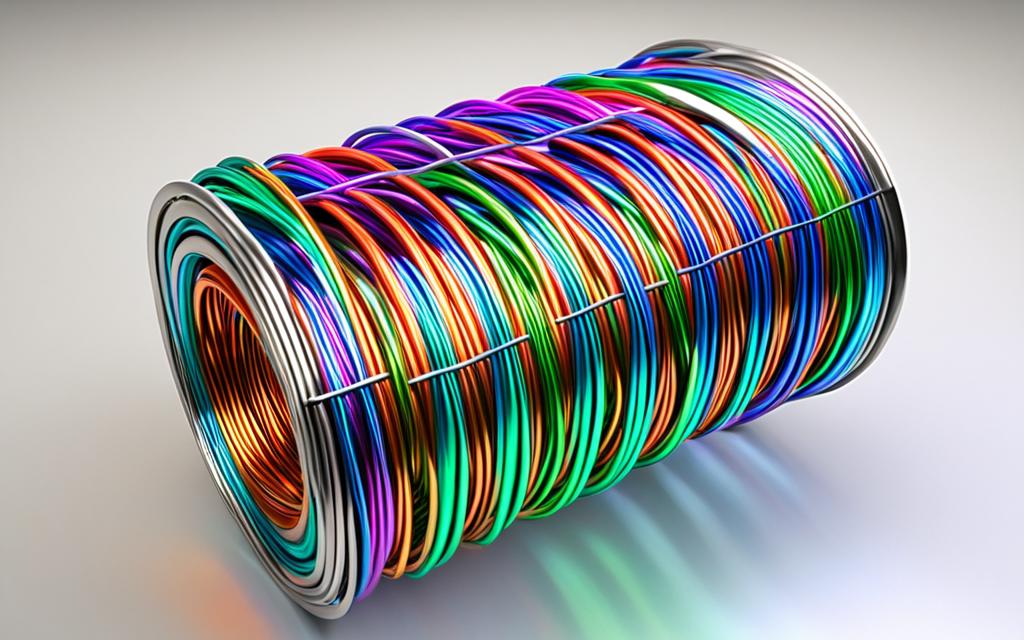
How does Shielded Twisted Pair Differ from Ethernet or Telephone Cable?
When it comes to networking cables, shielded twisted pair (STP) cables stand apart from the Ethernet or telephone cables commonly found in hardware stores. While cables like silver satin may serve their purpose for Ethernet or telephone connections, they are not the same as UTP or STP cables. The key differentiator lies in the additional shielding provided by STP cables to reduce electromagnetic interference. Let’s explore the main distinctions between these cable types:
- Physical Shielding: Unlike unshielded twisted pair (UTP) cables, which rely solely on their internal insulation, STP cables feature an outer shield that provides an extra layer of protection against electromagnetic interference.
- Variants of STP Cables: STP cables come in various types, including foil twisted pair (FTP) and shielded foil twisted pair (S/FTP). These variants offer different levels of protection by incorporating additional shielding measures.
- Interference Reduction: UTP cables depend on media filters and baluns to mitigate interference, as they lack physical shielding. On the other hand, STP cables’ shielding minimizes electromagnetic and radio frequency interference, ensuring high-quality data transmission.
“STP cables provide superior protection against electromagnetic interference compared to standard Ethernet or telephone cable options.” – Networking Expert
In summary, STP cables differ from Ethernet or telephone cables in their design and ability to mitigate interference. While Ethernet and telephone cables may suffice for certain applications, STP cables offer reliable connectivity in electrically noisy environments where interference reduction is crucial.
Comparison Table: Shielded Twisted Pair vs. Ethernet vs. Telephone Cable
| Feature | Shielded Twisted Pair (STP) Cable | Ethernet Cable | Telephone Cable |
|---|---|---|---|
| Physical Shielding | Yes | No | No |
| Interference Reduction | High | Medium | Low |
| Types Available | Foil Twisted Pair (FTP), Shielded Foil Twisted Pair (S/FTP) | Various categories (Cat5e, Cat6, Cat6a, etc.) | N/A |
Note: The table above provides a quick comparison between shielded twisted pair (STP) cables, Ethernet cables, and telephone cables in terms of their key features and capabilities.
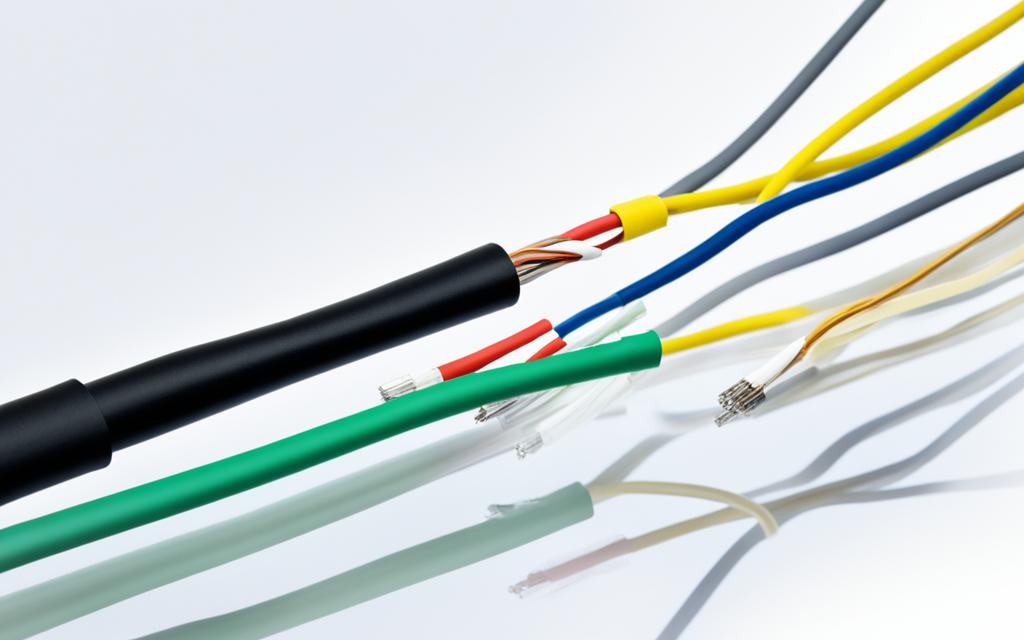
As seen in the comparison table and image above, shielded twisted pair (STP) cables offer higher levels of protection against interference compared to Ethernet or telephone cables. Their shielding enables reliable and secure data transmission, making them a preferred choice for critical network installations where signal integrity is paramount.
Conclusion
Shielded twisted pair (STP) cables provide significant advantages in networking environments. The added shielding of STP cables enhances signal integrity and ensures superior noise resistance, making them the ideal choice for use in electrically noisy settings. With STP cables, you can achieve secure and reliable data transmission, crucial for critical network installations.
Although STP cables may be more expensive and require more complex installation compared to unshielded twisted pair (UTP) wiring, their protective features make them well worth considering. The boosted signal integrity and reduced noise interference offered by STP cables ensure that your network operates at optimal performance, even in challenging conditions.
To guarantee the highest level of signal quality and interference reduction, consider using shielded twisted pair (STP) cables. Their advantages, including superior noise resistance and reliable data transmission, make them the preferred choice for businesses and organizations where signal integrity is essential. When it comes to ensuring stable and secure networking, STP cables are a reliable and effective solution.
FAQ
What are the advantages of shielded twisted pair (STP) cables?
STP cables offer boosted signal integrity and superior noise resistance compared to unshielded twisted pair (UTP) cables. Their outer shield provides protection and ensures secure and reliable data transmission.
What is shielded twisted pair (STP)?
STP is a type of copper telephone and local area network (LAN) wiring that adds an outer covering or shield to ordinary twisted pair wiring. This shield helps reduce cross-talk and electromagnetic induction, resulting in improved signal quality.
How is shielded twisted pair wiring installed?
Shielded twisted pair wiring is installed similar to twisted pair wiring. It is color-coded for easy differentiation between pairs. Specific connectors are used to maximize interference reduction in electrically noisy environments.
How does shielded twisted pair differ from Ethernet or telephone cable?
Shielded twisted pair cables, such as STP, provide additional shielding to reduce electromagnetic interference. They are different from the cables commonly found in hardware stores for Ethernet or telephone purposes. Unshielded twisted pair (UTP) cables do not possess physical shielding and rely on media filters and baluns for interference reduction.
Why should I consider using shielded twisted pair (STP) cables?
STP cables offer boosted signal integrity and superior noise resistance, making them ideal for use in electrically noisy environments. While they may be more expensive and harder to install than UTP wiring, their protective features make them a preferred choice for critical network installations.

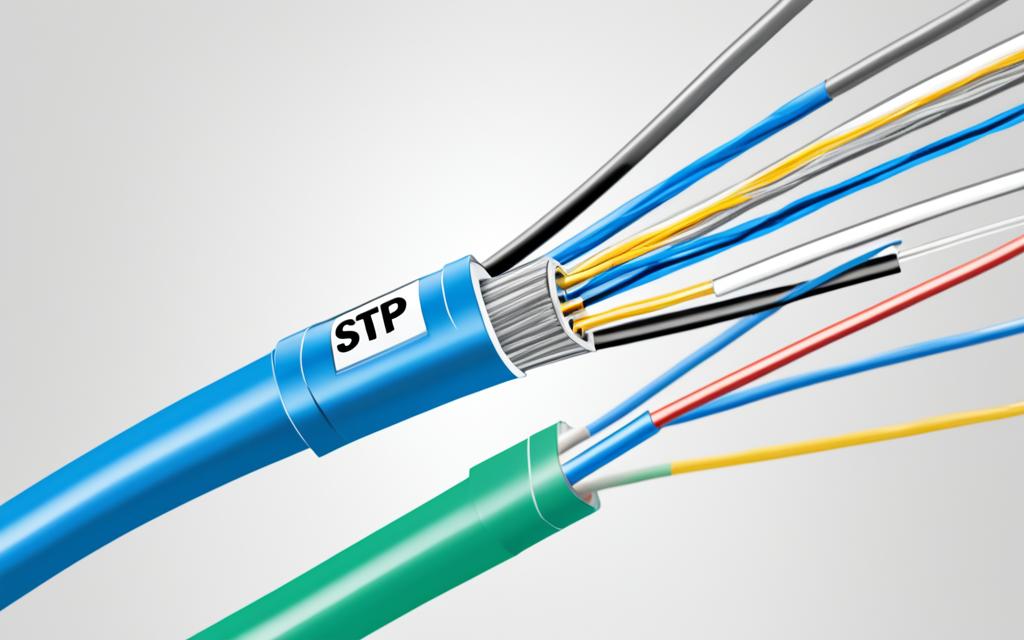




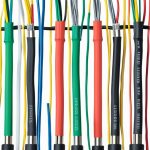


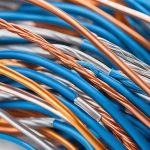




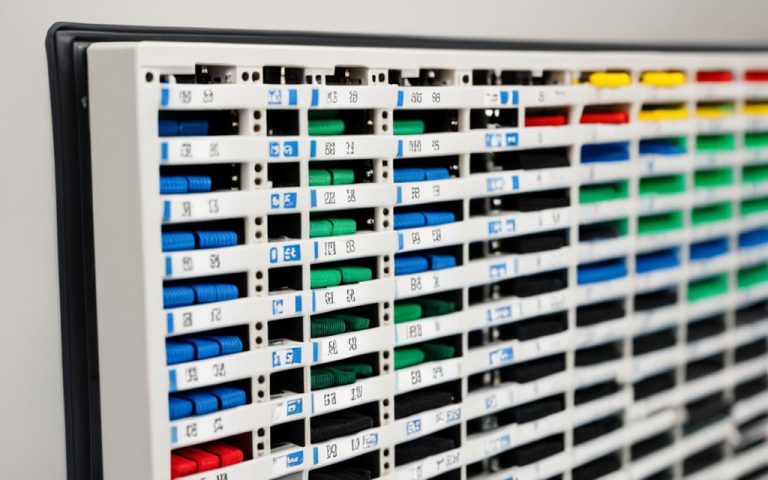
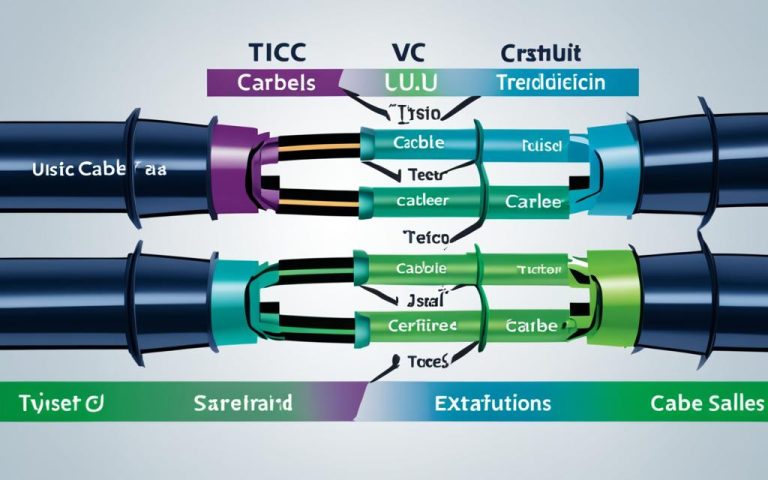
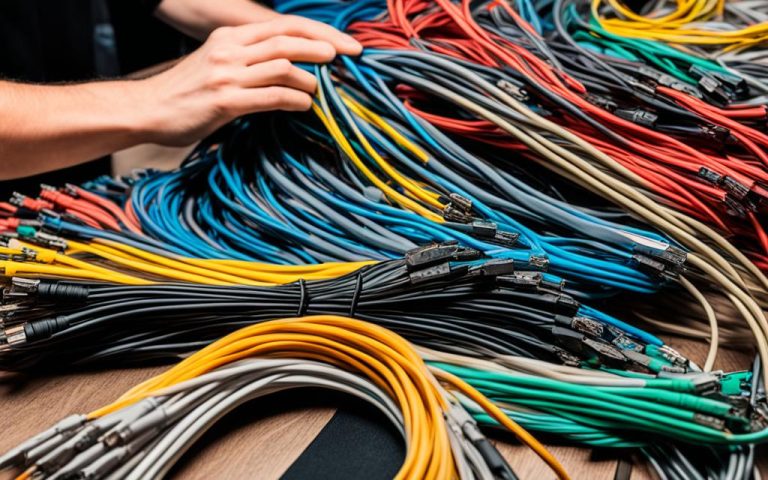

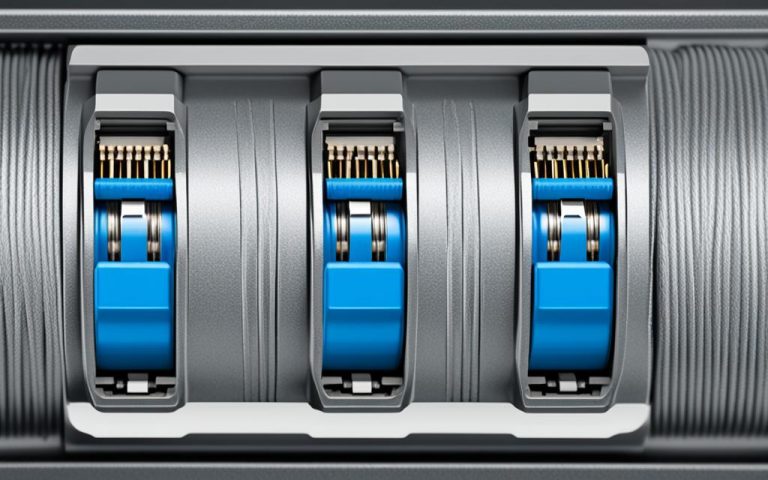
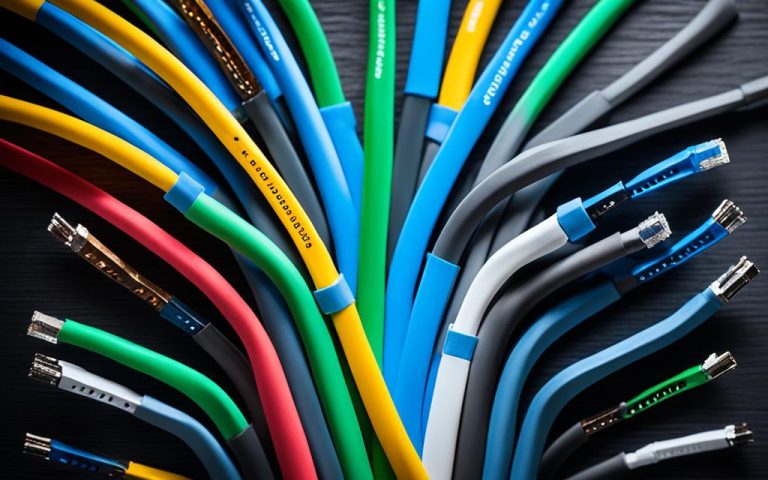
I’ve been visiting this site for years, and it never fails to impress me with its fresh perspectives and wealth of knowledge. The attention to detail and commitment to quality is evident. This is a true asset for anyone seeking to learn and grow.